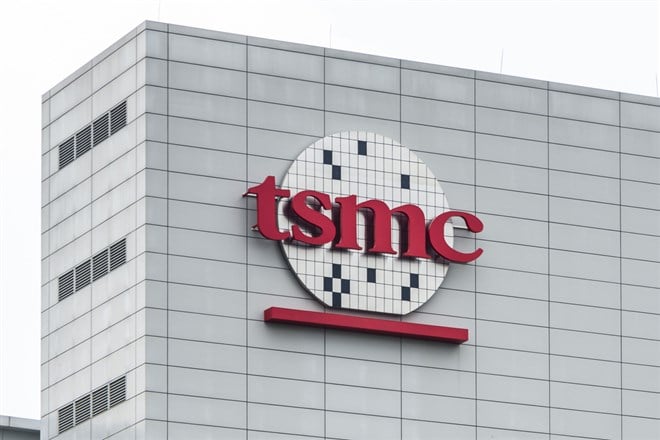Financial News
More News
View More
Western Digital’s Nasdaq-100 Entry Caps Its AI-Driven Comeback ↗
Today 11:16 EST
Pfizer Adds to Its Big Bet on Weight Loss Drugs ↗
Today 7:03 EST
Recent Quotes
View More
Stock Quote API & Stock News API supplied by www.cloudquote.io
Quotes delayed at least 20 minutes.
By accessing this page, you agree to the Privacy Policy and Terms Of Service.
Quotes delayed at least 20 minutes.
By accessing this page, you agree to the Privacy Policy and Terms Of Service.
© 2025 FinancialContent. All rights reserved.









